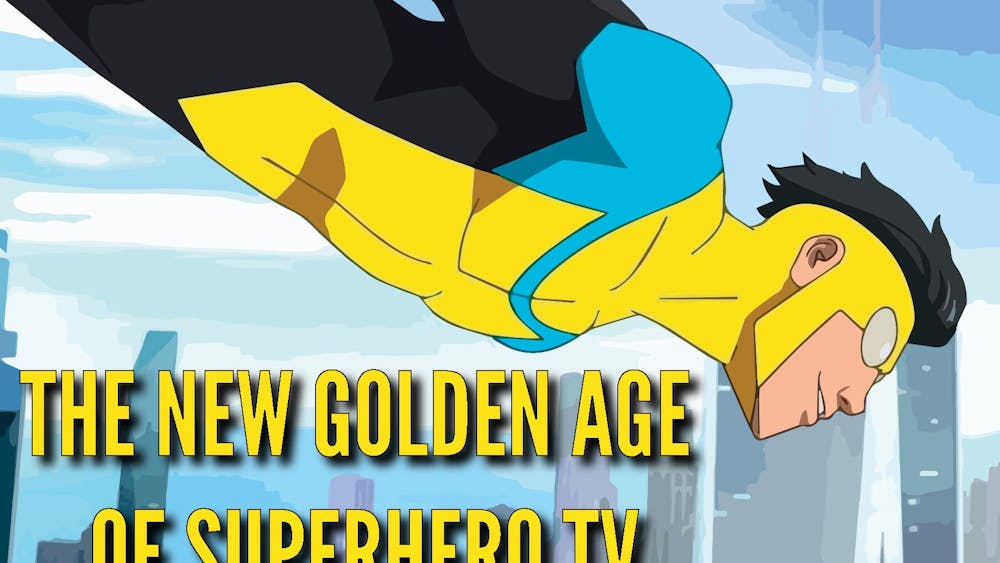
The Snite Museum of Art has created an ode to the modern Pop Art movement this semester in its temporary exhibit “Jim Dine: American Icon” running until Dec. 11, making tremendous use of the 238 prints Dine graciously gifted to Notre Dame. The Snite’s collection covers almost every aspect of Dine’s works from 1969 to today and puts over 50 works on display.
If you aren’t well-versed in the contemporary art scene (like me until about four days ago), Jim Dine was born in 1935, and he has been what the Snite calls “an inspiring presence” who has helped define the Pop Art movement with his painting, printmaking, sculpting and poetry. As an extremely experimental artist, Dine’s icons are able to reach audiences of any age and make any viewer spend large amounts of time reflecting on the meaning of objects ranging from his famous hearts to a bathrobe.
One interesting aspect of Jim Dine’s works is that they are often found in mediums other than paint on canvas. A quote from him in the Snite exhibition reads, “You’ve got to care about prints. You’ve got to care about woodcuts, lithographs and etchings… I love printmaking so much I try not to care about anything beyond my ego.” Because he loves the process of making marks, applying the ink to wood or metal and even cleaning the plate afterward, Dine’s works have an excited energy to them that makes them feel alive. It’s like the icons are personified in a way.
For Dine, artwork is a representation of the artist; there is a deep, personal connection that allows audiences to find their own intimate links to the piece. Dine is able to reach so many people in so many different ways because he chooses imagery that is biographical to him, which allows his many versions of those icons to identify with other aspects of others’ own biographies. For example, Dine has many works with Pinocchio as the subject. Yes, that’s right. I said Pinocchio — the wooden puppet with the growing nose who becomes a real boy at the end of the movie. “The Pink Nose” is one work of Dine’s with Pinocchio as the subject, and the information card next to the piece details how Pinocchio’s story “equally fascinated and terrified” Dine, having appeared to him as a tale containing “a mischievous boy, the transformation of self, and even the father’s role as a sculptor of dreams.”
While some may also find their own fascination with Pinocchio’s tale reinvigorated while looking at Dine’s works, the imagery that most spoke to me was Dine’s recreation of the body of the Venus de Milo statue. I loved seeing all of the varying ways in which he recreated the statues in his etchings and lithographs, because he takes something iconically ancient and makes it iconically modern. One of my favorite pieces was “Colorful Venus I,” in which the Venus is almost broken up into different shapes and colors, reminding me how much more vibrant and diverse the world seems to be today than what it was when the original Venus de Milo was erected.
If you do get a chance to visit the Snite exhibit (and I hope you do), then I recommend you take the opportunity to talk to some of the people working at the front desk. I had a great conversation with one woman working there who told me how she saw Dine’s various versions of a bathrobe representing our multiple tastes and aesthetics as humans. They know so much about the exhibit and have spent so much time reflecting on the works — hear what they have to say and deepen your own understanding of Dine’s works!
In summary, Jim Dine is very cool. Go to the Snite Museum to check him out before the exhibit leaves. You’ll never look at Pinocchio the same again.













